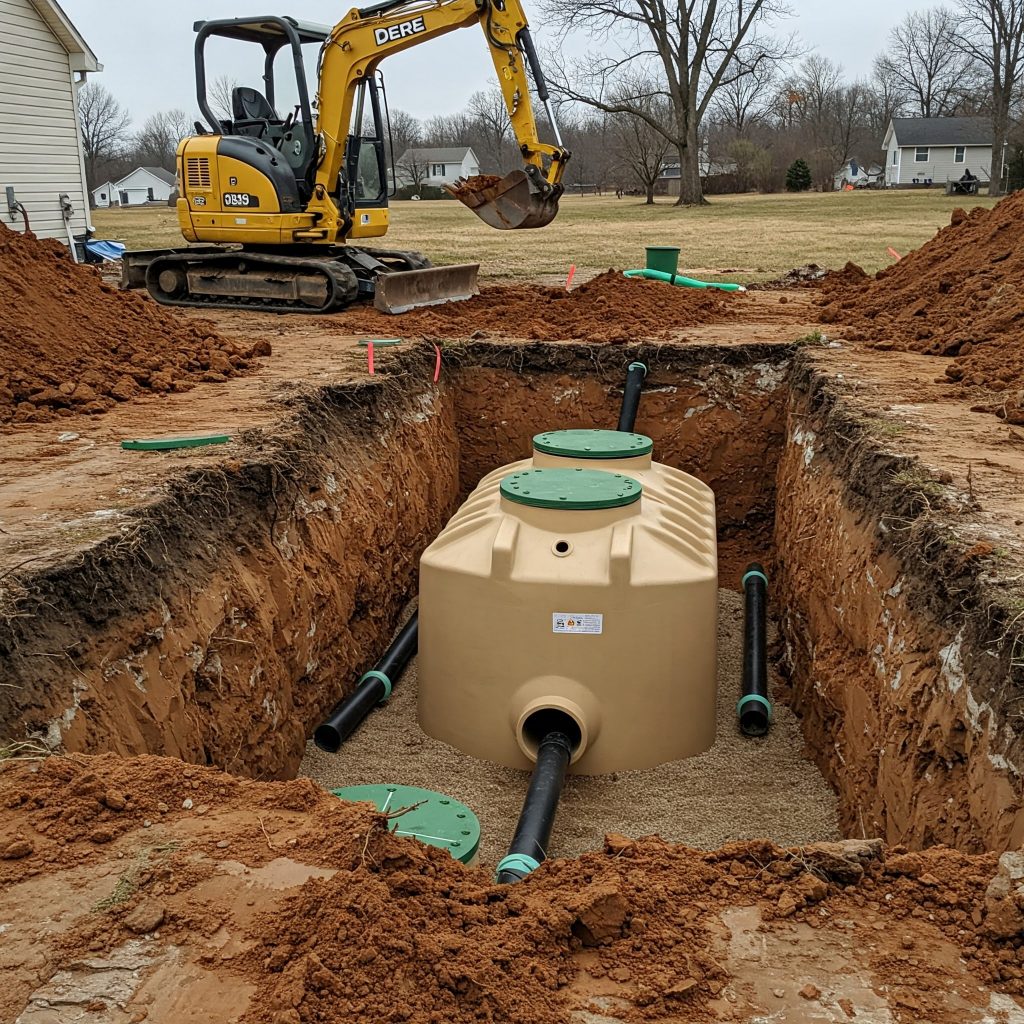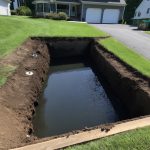
The #1 Septic Tank Treatment On The Market
“The released oxygen reacts immediately with the waste substances that are inside your septic tank and reduces, then slowly eliminates the smell – in just 3 to 5 days.”
Septic systems are a crucial but often overlooked part of many homes, especially in rural areas where municipal sewer systems aren’t available. While the septic tank itself plays a vital role in separating solids and liquids, the drain field (also known as the leach field) is equally important. It’s the area where treated wastewater is dispersed into the soil for final filtration. When the drain field fails, it can lead to messy, costly, and even hazardous problems. But how do you know if your drain field is failing? Here are some key signs to watch for.
1. Slow Drains and Backups
One of the earliest signs of a failing drain field is slow drainage throughout your home. If your sinks, showers, or toilets are draining slower than usual, it could indicate that the drain field isn’t absorbing wastewater properly. In more severe cases, you might experience sewage backups in your home, which is a clear red flag that something is wrong with your septic system.
2. Unpleasant Odors
A healthy septic system should be odorless. If you notice a persistent sewage smell in your yard, especially near the drain field area, it could mean that wastewater isn’t being properly filtered and is instead pooling near the surface. This is not only unpleasant but also a health hazard, as it can expose you to harmful bacteria and pathogens.
3. Lush, Green Grass Over the Drain Field
While a green lawn might seem like a good thing, an unusually lush patch of grass over your drain field could indicate trouble. If the drain field is failing, it may release excess nutrients and moisture into the soil, acting as a fertilizer for the grass above it. This is a sign that wastewater isn’t being properly absorbed and is instead saturating the surface.
4. Standing Water or Muddy Areas
Puddles or soggy, muddy spots in your yard, particularly near the drain field, are a strong indicator of failure. When the drain field can no longer absorb wastewater, it rises to the surface, creating these wet areas. This is a serious issue that needs immediate attention, as it can lead to contamination of nearby water sources and pose a risk to your family and pets.
5. High Nitrate Levels in Well Water
If your home uses a well for drinking water and your drain field is failing, you might notice changes in your water quality. High nitrate levels in well water can be a sign that wastewater is seeping into the groundwater. This is a serious health risk, especially for infants and pregnant women, and requires immediate testing and remediation.
6. Sewage Surfacing in the Yard
In extreme cases, untreated sewage can rise to the surface of your yard. This is a clear and urgent sign that your drain field has failed and is no longer functioning. Not only is this a health hazard, but it also means your septic system is in dire need of repair or replacement.
What Causes Drain Field Failure?
Drain fields can fail for several reasons, including:
- Overloading the system: Excessive water use can overwhelm the drain field.
- Poor maintenance: Neglecting to pump your septic tank regularly can lead to solids clogging the drain field.
- Soil compaction: Heavy vehicles or structures over the drain field can compact the soil, reducing its ability to absorb water.
- Tree root intrusion: Roots can invade and damage the pipes in the drain field.
- Age: Over time, drain fields can simply wear out and stop functioning effectively.
What Should You Do If Your Drain Field Is Failing?
If you notice any of the signs above, it’s important to act quickly. Contact a licensed septic professional to inspect your system. Depending on the severity of the issue, solutions may range from simple repairs to a complete drain field replacement. Regular maintenance, such as pumping your septic tank every 3-5 years and conserving water, can help prevent future failures.
A failing drain field is more than just an inconvenience—it’s a threat to your home, health, and environment. By staying vigilant and addressing problems early, you can protect your septic system and avoid costly repairs down the line.
The #1 Septic Tank Treatment On The Market
“The released oxygen reacts immediately with the waste substances that are inside your septic tank and reduces, then slowly eliminates the smell – in just 3 to 5 days.”

